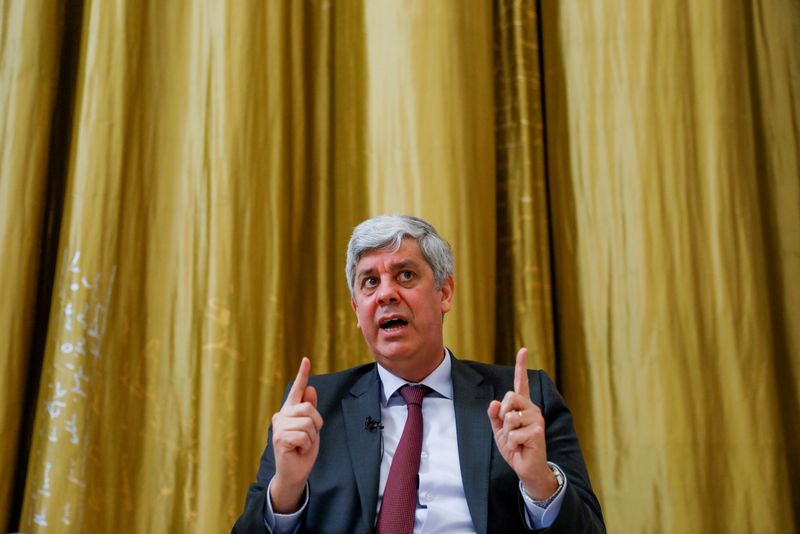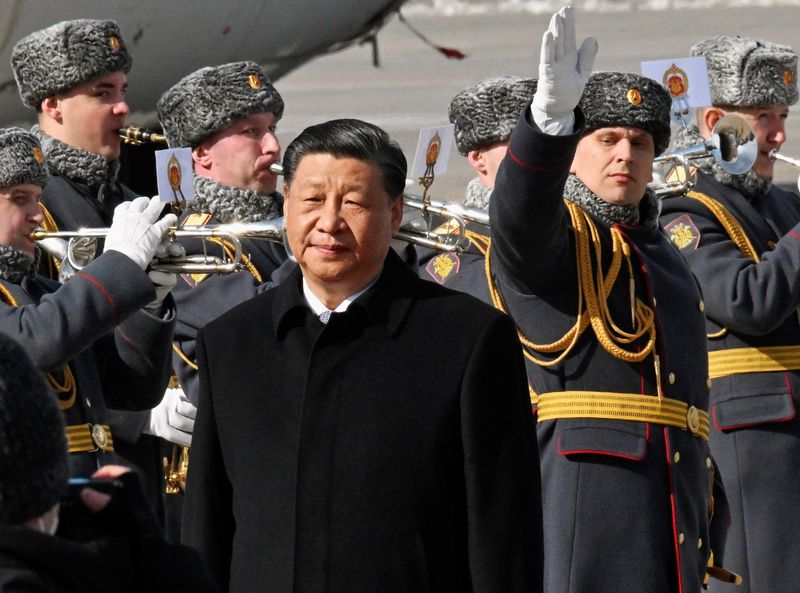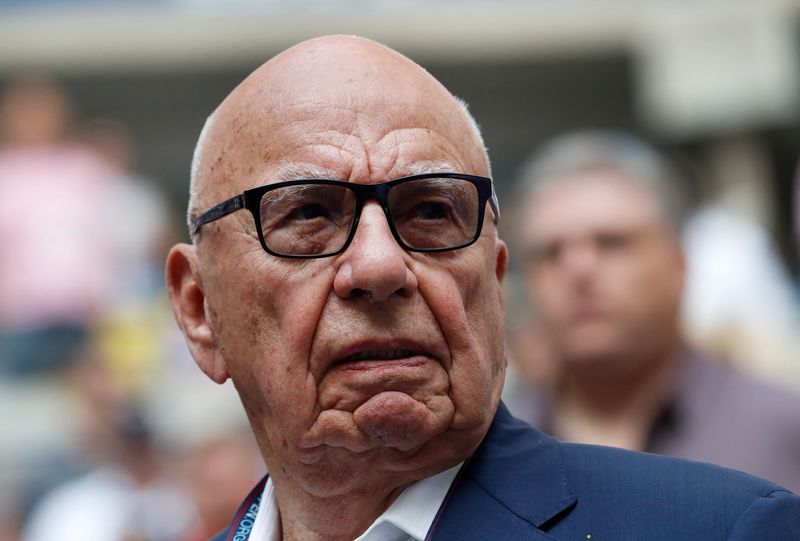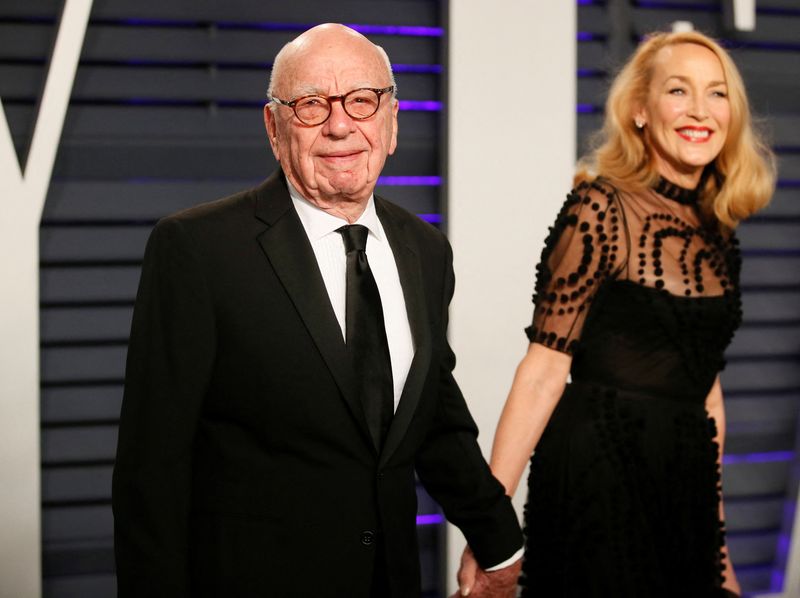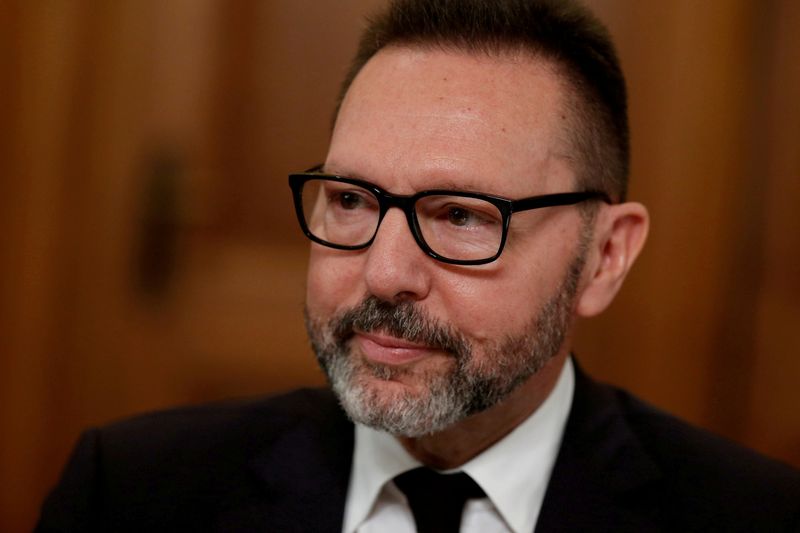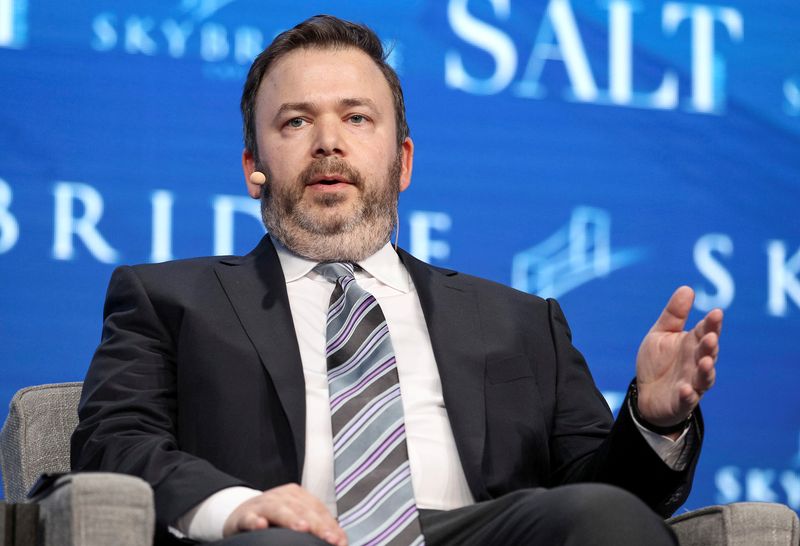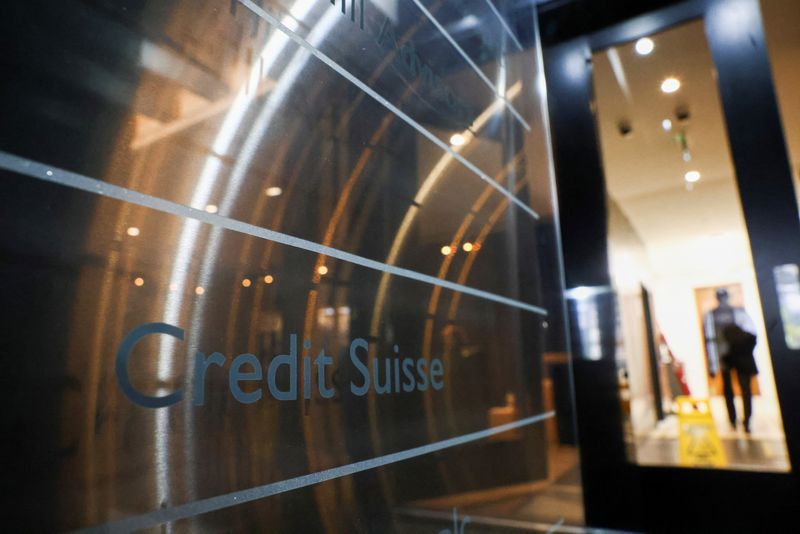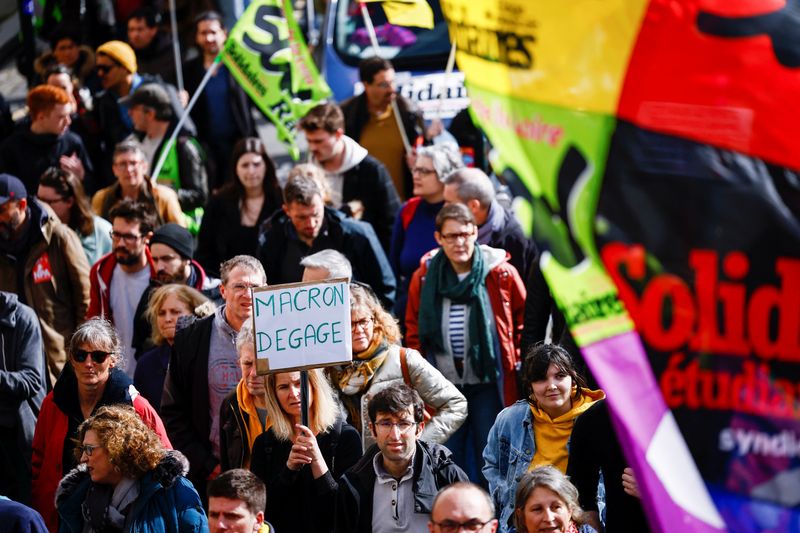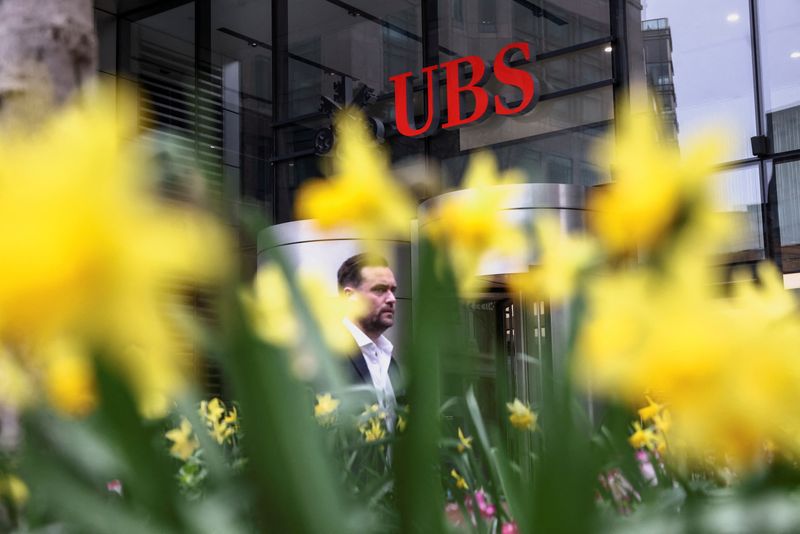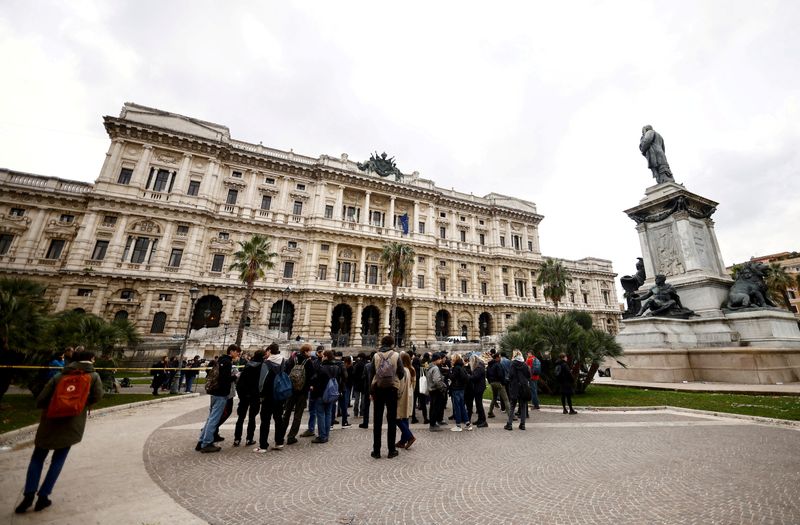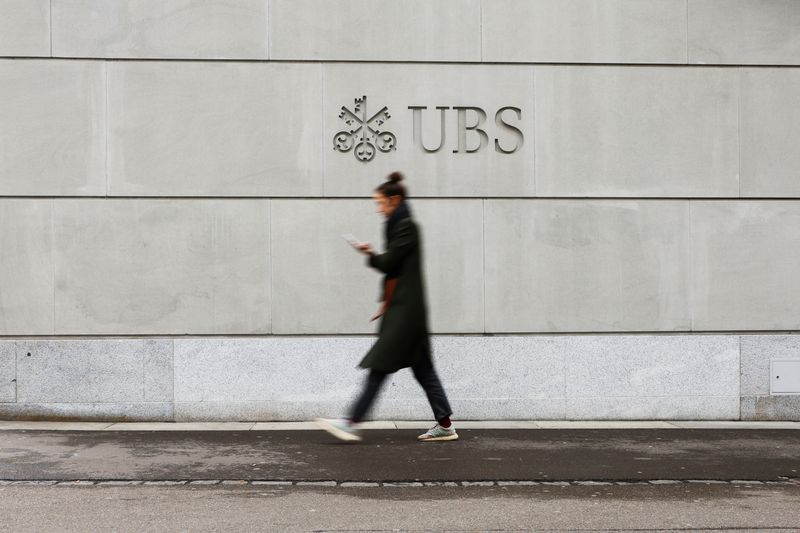LISBON (Reuters) – European Central Bank policymaker Mario Centeno warned on Monday that, even though the pace of interest rate hikes to fight inflation has been high, there are factors pointing to a build-up of inflationary tensions.
“It is not so much the level of interest rates that is high, but the speed of the rise,” he told an event in Lisbon.
Centeno said there was a risk that prices of final products, which had risen sharply on a surge in prices of raw materials and agriculture products, would stay high even as the latter have retreated of late.
“It is not possible to continue sustaining the same prices (of final products) with this reality because that’s when prices become persistent,” he said, urging companies to avoid “second-order wage-price effects” and the widening of gross margins.
Euro zone inflation eased to 8.5% in February from 8.6% a month earlier, but core inflation, which excludes volatile food and fuel prices, accelerated to 5.6% from 5.3%, indicating that past energy prices rises have seeped into the broader economy.
Despite calls by some investors to hold back on policy tightening until turmoil in the banking sector eases, the ECB raised its refinancing rate by 50 basis points to 3.50% on Thursday, leaving the door open to future hikes as it forecast inflation would remain stubbornly above its 2% target through 2025.
Ad: Save every day with Amazon Deals: Check out today's daily deals on Amazon.
(Reporting by Sergio Goncalves, writing by Andrei Khalip; Editing by Kevin Liffey)
